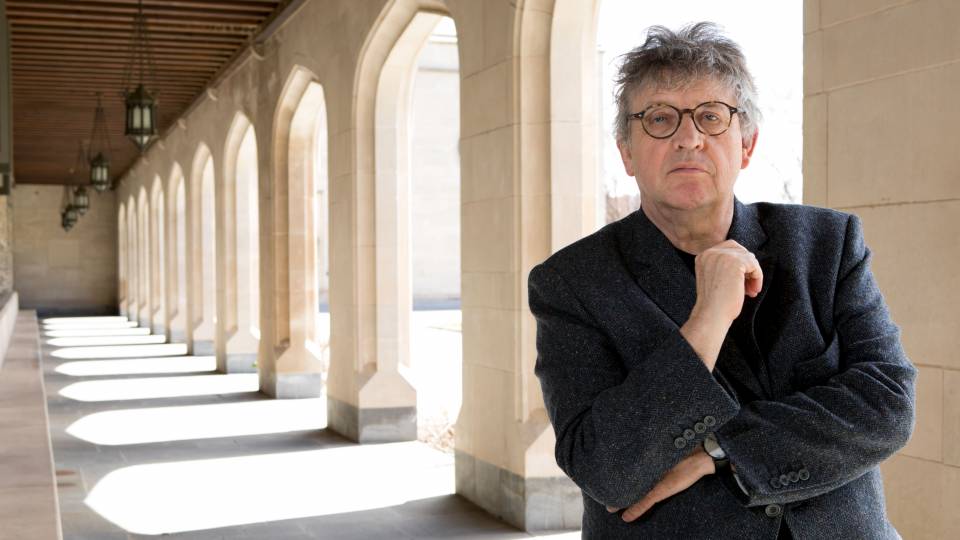Two Princeton faculty members and one alumnus are among the eight new members of the American Academy of Arts and Letters. They were selected for reaching the "highest level of artistic achievement."
The faculty members are Kwame Anthony Appiah, the Laurance S. Rockefeller University Professor of Philosophy and the University Center for Human Values; and Paul Muldoon, chair of the Lewis Center for the Arts and the Howard G.B. Clark '21 University Professor in the Humanities. Also elected was biographer Robert Caro, a member of Princeton's class of 1957.
A Princeton faculty member since 2002, Appiah is an internationally renowned scholar of moral and political philosophy, African and African American studies, and issues of personal and political identity, multiculturalism and nationalism. His major current work has to do with the relationships between philosophical ethics and other disciplines: "The Ethics of Identity" (2005); "Cosmopolitanism: Ethics in a World of Strangers" (2006); and "Experiments in Ethics" (2008).
Muldoon, a faculty member since 1990, won the 2003 Pulitzer Prize for poetry for "Moy Sand and Gravel," his ninth collection of poems. His 10th collection, "Horse Latitudes," was published in the fall of 2006. He has earned many other honors for his work, including an award from the academy in 1996. Muldoon was named as the first chair of the Lewis Center for the Arts in 2006. He also is director of the Princeton Atelier and chair of the Fund for Irish Studies. In addition, he serves as poetry editor of The New Yorker.
Caro, who majored in English at Princeton, has twice won the Pulitzer Prize: for "The Power Broker," his 1974 book about New York Parks Commissioner Robert Moses; and for "Master of the Senate" (2002), the third volume of his biography of President Lyndon Johnson.
The 250-member academy was established in 1898 to "foster, assist and sustain an interest in literature, music and the fine arts." Each year, the academy gives almost $1 million in awards to artists, architects, writers and composers. It presents exhibitions of art, architecture and manuscripts, and subsidizes readings and performances of new musicals.
